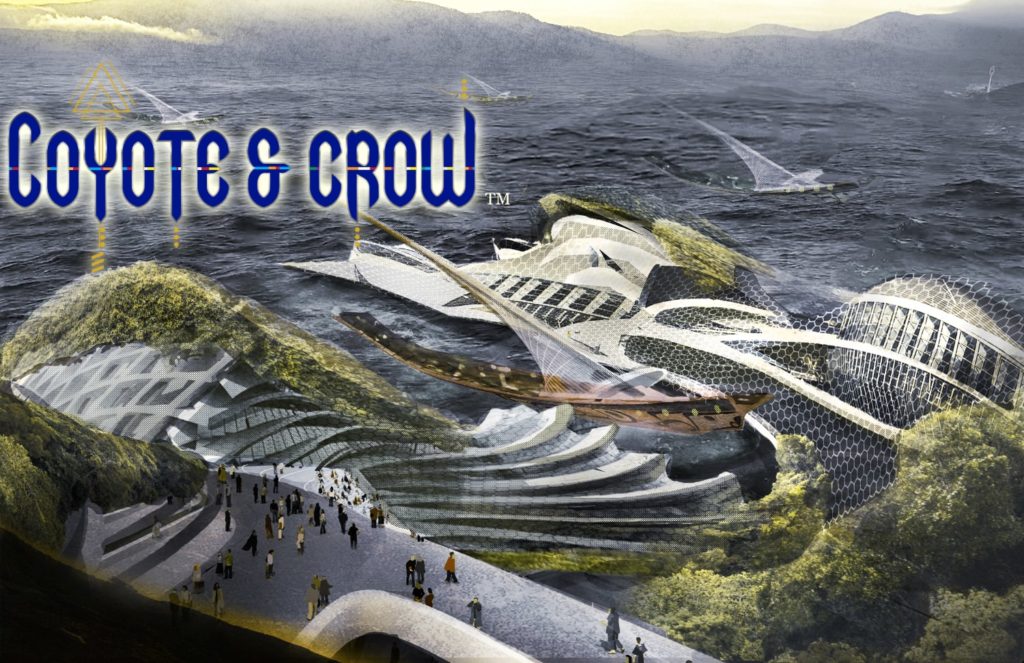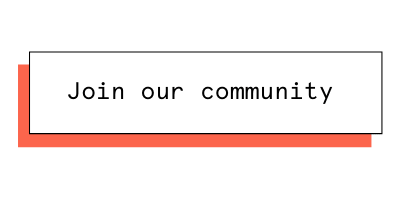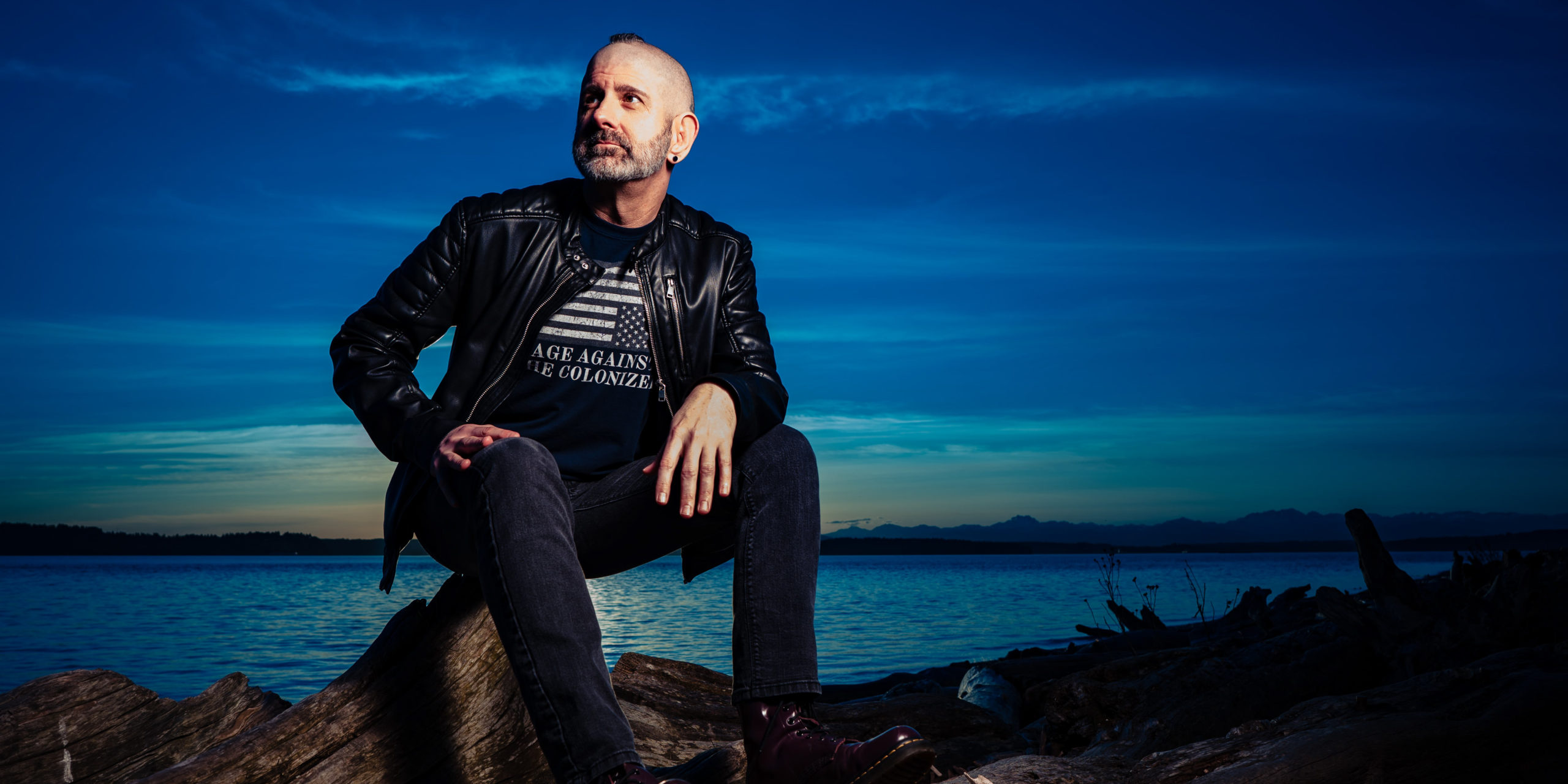Coyote & Crow is a sci-fi fantasy tabletop RPG set in an alternate future where the Americas were never colonized. Created and led by a team of Native Americans, the game presents a world in which new technologies and mythical creatures exist side-by-side. Coyote & Crow launched on Kickstarter with an $18,000 funding goal. By the time the campaign ended, it had attracted more than 16,000 backers and raised over $1 million.
After the campaign’s incredible success, creator Connor Alexander has gone from working as a vendor account manager in the gaming industry to signing on as a vendor for Coyote & Crow at his former company. We recently spoke with Alexander, a Cherokee Nation citizen, about his game, his crowdfunding journey, and cultural representation in the tabletop industry.
Why did you choose crowdfunding?
I work in the board game industry, and I’ve seen lots of game publishers put their financial futures on the line to develop their dream. I just couldn’t afford to do that, especially with a role-playing game. I love RPGs, but they’re a tiny slice of the gaming world pie, and very, very few people are making a living at them. Going with crowdfunding allowed me to dream big without risking my financial future. I considered some other routes, but Kickstarter just has so much attention from the game community that going with someone else felt like it would have been an uphill battle.
How did you get prepared for your launch?
I couldn’t have gotten this done without my Kickstarter manager, Heather O’Neill. Working on the opposite end of the game industry, I’ve helped usher plenty of games out into the retail space, but Kickstarter was totally foreign to me outside of the twenty or so projects I’d backed. Having someone who could walk me through the process and hold my hand was worth every penny. She helped me clear so many easy hurdles and navigated me around all the hazards I would have likely stumbled on. Most importantly, her help allowed me to focus on just presenting a good game.
Have you had any difficulties developing Coyote & Crow as a Native American-themed RPG that’s by Natives? If so, is there anything the Kickstarter role-playing games community or the crowdfunding or tabletop industries could do differently to make it a better experience?
Finding the right team of Natives for a project this specific is, by its nature, going to be tough. One of the things that I think our whole team has commented on, though, is how great it’s been to connect with each other and how few degrees of separation there actually was the whole time. We all knew someone who knew someone else through some other project. But I think what we all came away with is that there isn’t really a Native network within board games. I’m hoping that our project is a start of a change for that. But I think that’s something we have to do on our own. I think both crowdfunding and the gaming community on their own are slow to change internally. That change needs to be pushed from the other side.
Since a more formal Native board game network doesn’t exist at the moment, how were you able to connect with your team?
This is part of the reason my game was in development for two years. It was a painstaking process that was really more about relentlessness than anything. I found people wherever I could — Facebook, Twitter, Craigslist, ArtStation, word of mouth, anything really. I wish I had a good answer for folks that are looking to collaborate. The truth is so many talented folks are working in other unrelated day jobs to pay the bills that it makes it nearly impossible to find a way to bridge some of those communication gaps.
I shouted from the rooftops for years about my project, and I still get people in the game industry who have no clue what my project is. It’s actually a source of pain and frustration for me because I know there are a ton of Native artists out there who would have been perfect for our game and lovely to work with, and we haven’t been able to find each other.
In general, what has been the most difficult or challenging part of the game development or crowdfunding process?
For me personally, it’s knowing that as long and as hard as I tried, I know there are a ton of really talented Natives out there that would have been fantastic for this game, but still, even now, have no idea it exists. And I don’t know how to reach them. Social media and advertising only go so far. As happy as I am with the team we built, I feel like our game, and the world we’re hopefully expanding to can be a platform for so many more fresh visions and ideas.
The other thing I’ll say is that even with Natives, describing this fictional landscape is really hard for people to envision. Unwinding the damage of colonialism and picturing this completely different world is harder than you think. Envisioning a society that doesn’t have horses, or pigs, or alcohol or coffee, or industrial meat processing, but at the same time has floating vehicles and advanced computers, it can be a lot to get your head around.
On your campaign page, you discuss a lack of inclusivity for Natives in these kinds of games, with Natives often being relegated to a secondary or adversarial status. What has your team done that other teams could learn from to make more inclusive and diverse games?
This is a great question. I want to get the answer printed on t-shirts. It’s really simple. Hire Natives from the start. What I mean is, if you’re Native, great, go for it. Find people in the games industry who know what they’re doing, get some help, and do your thing. If you’re not Native, and you have a game, and your thought is, “I want to put a Native theme on this,” then first, I’d say stop and ask yourself why you want to do that. But if you really do, hire Natives and not just as cultural consults, but as designers and artists and writers. More specifically, hire Natives that understand the culture or tribe you want to present.
If you’re non-Native and you have a game that has a Native theme baked into from the beginning, then you’re on the wrong track. Don’t make games about other people’s cultures. Full stop. There’s no excuse for continuing to do that. Oh, and making your game and then getting a ‘consultant’ to sign off on it doesn’t count. You’re still just profiting from the culture of others.
You also mention on your campaign page that the characters aren’t “intertwined with colonialism” in the Coyote & Crow story. Can you explain what that means and what your game is doing differently?
The game world we built presupposes a different future but also a different past. The idea is that around the year 1400, a natural disaster changes the course of history, and the Americas are never colonized. What this does is allow Natives to not only imagine a world where they didn’t have their lands “returned” but that they were never taken in the first place.
We hear a lot of talk lately about generational trauma, and that’s something Native Americans have been dealing with for almost 500 years now. Separating that trauma out from our game world and letting folks imagine a world where cultures were able to find real footing and flourish, even through different trials and tribulations, is something sorely lacking in our current media. I’d like to think the game conveys an underlying sense of hope and optimism.

You used BackerKit Marketing during your campaign. What has your experience with BackerKit been like so far?
Well, it was scary at first. Not going to lie. But I trusted Heather, and she trusted BackerKit. I think it’s one of those things that, until all the gears are turning and you see it in action, it all feels pretty intimidating. But once we were up and running and the campaign was flying, I really breathed a sigh of relief. I’m really glad I went with BackerKit, and I likely will on future Kickstarters.
Can you talk a little bit about those initial feelings of intimidation?
When you first get involved in crowdfunding, and you’re dealing with Kickstarter, there’s already this feeling of vertigo. It’s a bigger world than you’d realized. So by the time you’re getting into everything BackerKit has to offer, you start to understand that there’s just a ton of work going on behind the scenes for every pledge. It’s not like learning a new language or something. It’s not difficult or incomprehensible. It’s just a lot. I’m really happy I didn’t let that stop me, though, because with every step I’ve taken down this road, that feeling of being intimidated has lessened. Each step along the way has either made sense or there was someone there to explain it to me. I’ll certainly feel more comfortable with BackerKit on my next go-around.
Coyote & Crow raised over $1 million, which is incredible. Did you anticipate that kind of success? If not, when did you first realize that your project was on track to perform the way it did?
I was originally hopeful we’d hit our goal. I was totally satisfied when we hit $50,000. But when we flew past $100,000, I knew we were on to something special. I could see it in the comments and messages. I’d tapped into something that I think a lot of people needed, even if they didn’t know it. That’s about the best thing a creator can feel.
As you were working with BackerKit, was there anything you felt moved the needle regarding how your campaign was performing or how you felt about your crowdfunding experience?
Well, we’re still working on surveys currently, and I’m just blown away by the depth of functionality and detail in BackerKit. From a backer end, it’s all so straightforward and simple. The other side of things definitely gives me Charlie and the Chocolate Factory vibes. If I were on my own, it would be terrifying. But between Heather’s knowledge on my side of things and Brandon [Senior Customer Success Manager] and the rest of the BackerKit crew on your end, the process has been really smooth.
I think the experience that really stood out, though, was on the marketing end. The ability to ramp the advertising, to fine-tune the audience, to get rapid, valuable data. It just made me so appreciative of the dollars I spent. So often, advertising dollars are hard to pin down a return on, but not in this case. I was able to see results almost in real-time.
Were there any specific strategic steps you took in terms of promotion or pre-campaign community-building that you think contributed to your success?
Yeah, there were a few. I’ve worked in social media long enough to know that you can’t just start hitting up strangers and asking them to back your project and expect results. I launched my Twitter for Coyote & Crow two years ago. I posted stuff about the game, but I cross-posted and promoted other folks, I got engaged, I backed other projects. When it came time to put up our pre-launch page, we worked hard to get people to follow the project prior to launch, including doing some pay-per-click ads on Facebook. Having folks excited to back on day one was really valuable.
There’s a saying in filmmaking: “Know who your audience is,” and I think that applies to game design and marketing as well. For us, we had a very specific set of audiences in mind. Hyping the project to Native Americans and giving equal effort to the modern RPG crowd really paid off. But I don’t want to sound like this was part of a master plan. In the end, I think a good chunk of my success overall came from the fact that we were launching our game at a moment that hit the zeitgeist. It spoke to a larger need that amplified our marketing efforts in a way that we obviously couldn’t have predicted.
Do you have any words of advice for first-time creators?
Have people look at your Kickstarter page before you launch. And not just your friends. People you are paying or total strangers who don’t know your project. It’s really easy to get tunnel vision and be so dialed into your project that you can’t see the flaws. If you can get ten strangers to look at your page and give you feedback, and they all come back excited to back it, you’re on the right track.
What’s next for you?
We’re hard at work ramping up to not only publish the game but to become a publisher in general — expansion books, adventures, dice, and who knows what else. I can’t announce anything official yet, but let’s just say that we all think that the future of Coyote & Crow is a big, bright one. The people have spoken, and we’re going to give it to them.
Visit the Coyote & Crow Kickstarter page to learn more about the game. If you missed the campaign, there’s still time to pre-order your copy of Coyote & Crow on BackerKit.
To learn about exciting projects like Coyote & Crow and get crowdfunding tips, make sure to sign up for the BackerKit Community Newsletter.
